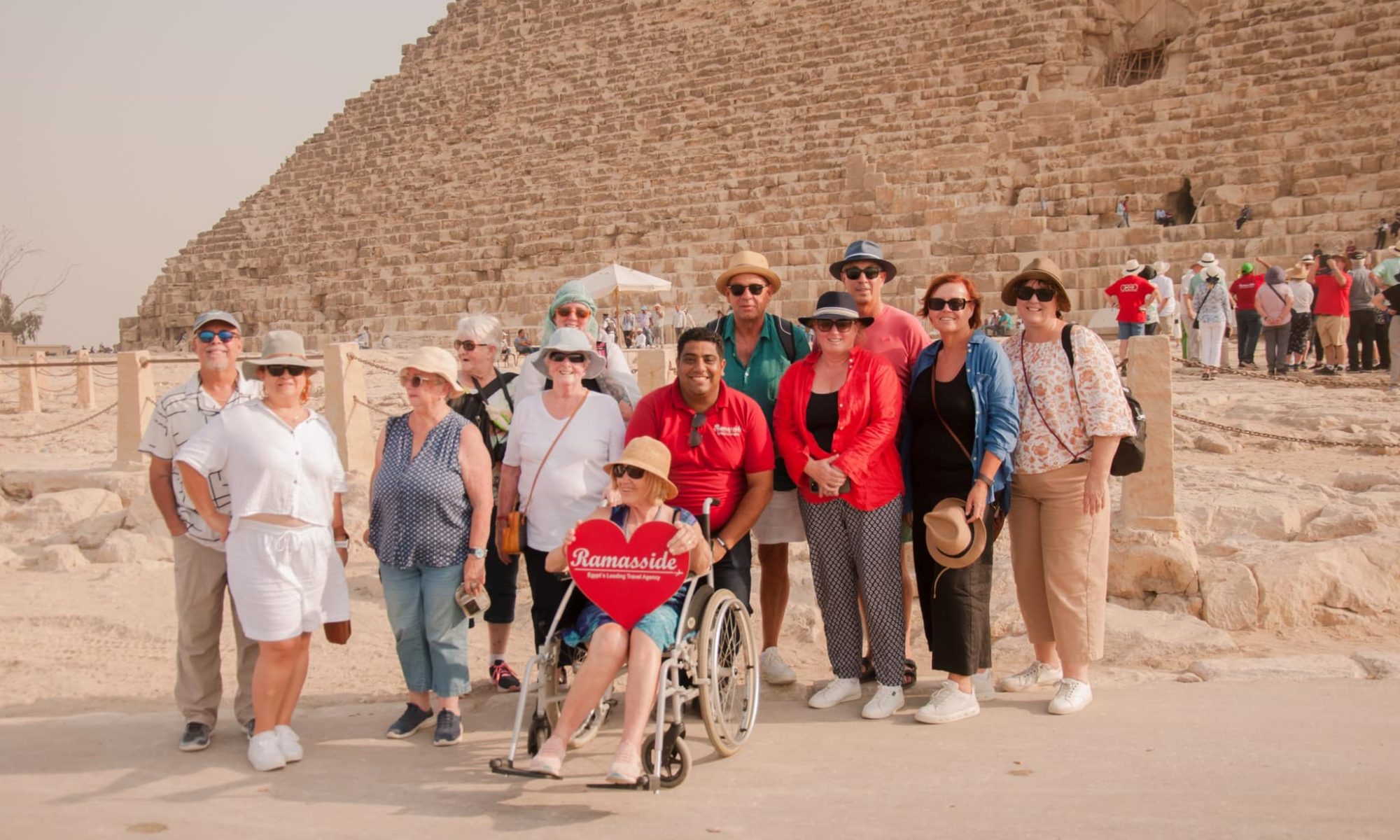Egypt is one of the leading Egypt vacation, Egypt packages, Egypt vacations packages in the world because of its tourist treasures multifaceted, and the most important cultural tourism where ancient civilizations fresh eye, and pronounce what it was constructed Nations those civilizations since the dawn of history.
First
Capital: Cairo
The most important cities: Alexandria, Port Said, Suez and Ismailia, Tanta and Damietta, Aswan and Luxor, Assiut, Zagazig, Sohag and Fayoum, El Arish and Sharm el-Sheikh and 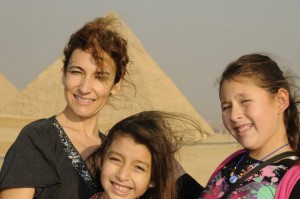 Marsa Matrouh, Minya and Cairo, Beni Suef and Mariot, Hurghada and Cairo and Mahalla.
Marsa Matrouh, Minya and Cairo, Beni Suef and Mariot, Hurghada and Cairo and Mahalla.
Area: 997.738 sq km.
Population: about 70.7 million people (2002)
Official Language: Arabic language and use English and French languages in commercial transactions.
National Day: Revolution Day in July 23 (the year 1952).
Time: two hours + Greenwich.
Currency: Pound = 100 piastres = 1000 Dime
Phone: Line International 02
Weekend: Friday to government departments and the private sector on Friday or Sunday.
Working Hours: from 8 am – 2 pm, and the banks, it is 9 am – 1:30 pm and from 10 am – 12 pm on Sunday and bank holiday on Friday and Saturday.
Visas: mandatory for all foreign visitors except nationals of Arab countries.
Ports and airports: Cairo airport on 22.5 km from the center of the country and the Alexandria airport is 8 km from the center and there are airports in each of Aswan, Luxor and Hurghada and Sharm el-Sheikh and several other airports. There is the main port in Alexandria and there are other ports in Port Said, Suez, and Damietta.
Administrative divisions: Egypt made up of 26 provinces in addition to Luxor City Council… The provinces are: Dakahlia and the Red Sea and the lake, Fayoum and Western, Alexandria, Ismailia, Giza and Alexandria, Minya and Cairo and Alexandria and the New 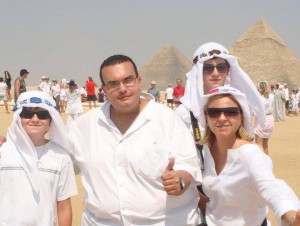 Valley, Eastern and Suez and Aswan, Assiut and Beni Suef, Port Said and Damietta, South Sinai and Kafr el-Sheikh and Matrouh, Qena, North Sinai and Sohag.
Valley, Eastern and Suez and Aswan, Assiut and Beni Suef, Port Said and Damietta, South Sinai and Kafr el-Sheikh and Matrouh, Qena, North Sinai and Sohag.
Natural resources: petroleum, natural gas, phosphates, iron ore, manganese, tin, zinc, gypsum and asbestos.
Climate: Egypt moderate in total and there is almost the northern half of the prevailing climate in the Mediterranean basin variable according to the four seasons in the Western Sahara dry weather prevails not increase the humidity to 10%, and be hot and dry summers and cool rainy winters.
Thaana: geography and history
Tourism and Antiquities (renewed)
Egypt map
About Geography
Egypt is located between latitudes 22 and 31.5 north of the equator and between longitudes 25, 37 east of Greenwich, and occupies the northeast corner of the continent of Africa in the heart of the Arab world between the wings Asian, African and bordered by Libya to the west and Sudan in the south, and Palestine and the Mediterranean Sea to the north and the Red Sea Middle. The topography of Egypt consists of four sections:
The first section of agricultural land and the Nile River is the most important natural features of Egypt, and mentioned here say Herodotus “Egypt is the gift of the Nile”, the longest river in the world and has a 6690-km Delta takes the form of a triangle head in the south, where the ramifications Nile to the branches: Damietta and Rosetta east and west where characterized Delta fertile soil .
The second section is the Western Sahara stretching from the Nile Valley and Delta to the Libyan border in the west to the borders of Sudan from the south and has an area of 68% of the area of Egypt.
The fourth section is the Sinai Peninsula and an area of 6% of the area of Egypt.
Suez Canal: The most important sea lanes in the world and connect Bahrain white and red to shorten the ancient trade route around the Cape of Good Hope 184 kilometers in length began drilled in 1858 and opened 1869 and for Egypt fought three wars years 1956, 1967 and 1973.
History
Egypt’s history corresponded in archeological landmarks, which are still there and Troy chapters of its history since the first Pharaonic era, and in many Egyptian museum collections, which records precise details about the life of nations and peoples who lived in the Nile Valley about 7000 years ago and until our time.
And perhaps can be said that the history of Egypt is different from many of the countries that recorded history according to the succession of political regimes that ruled, in the history of Egypt recorded successive civilizations and left after the demise heritage received by the back to add to it.
The history of Egypt overlap novel archaeological and historical with novel religious, between the story of families ancient Pharaonic and came in divine books of stories of our 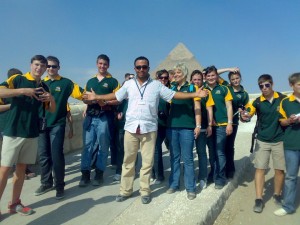 prophets who crossed Egypt and lived there and ties them with its people Copts and up to the beginning of history Arab Muslim who is considered inauguration actual modern Egypt when taken conqueror Amr Ibn al-from Cairo Fustat site the capital of a mandate.
prophets who crossed Egypt and lived there and ties them with its people Copts and up to the beginning of history Arab Muslim who is considered inauguration actual modern Egypt when taken conqueror Amr Ibn al-from Cairo Fustat site the capital of a mandate.
We have codified the novel religious history of Egypt, but the direction of inspiration lessons and sermons and instilled the values of standardization and right and justice and advocacy for the worship of the one God and with the beginning of Islamic Arab rule began codification history of Egypt takes attributes documentation and arrangement and detail frequently for narrators and recording in the first books.
Egypt has received on documented evidence sensual, more than any other country pharaohs, language decipher hieroglyphic a Champollion combine with books narrators Arabs and Muslims with religious novel that came in the heavenly books and access to recordings of the narrators, travelers and explorers and Western Orient lists.
And Egypt Museum not bounded space and time, where evidence and landmarks Troy civilizations and stories Copts and the Pharaohs and the Holy Family and the Greeks and Romans, Arabs and Muslims who have settled in nearly 15 centuries where and recognized identity Arab-Islamic roots of civilization multiple, and where the effects of the hallmarks of the invaders who dared to hope and crossed and deported from French and English and others.
Civilized can recognize that the modern state of Egypt was founded at the beginning of the 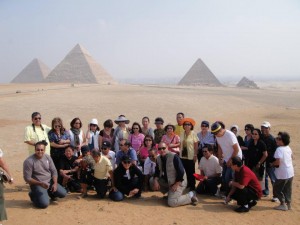 era of the great family of Muhammad Ali, who came from Albania and Ottoman ruler scene walks mandate towards independence and laid the foundations of modern renaissance aspiring young to European civilization and organized by the carrier and its methods and its manifestations.
era of the great family of Muhammad Ali, who came from Albania and Ottoman ruler scene walks mandate towards independence and laid the foundations of modern renaissance aspiring young to European civilization and organized by the carrier and its methods and its manifestations.
The family continued to rule this out that Egyptians took the reins of their country in the July 23 / July 1952 to begin the era of the Egyptian republic to take over the late President Gamal Abdel Nasser’s leadership directed helm towards asserting its bond and its Arab-Islamic identity and its leading role in the Arab region until the present day.
With the beginning of the nineteenth century, Egypt witnessed waves colonial powers coming from Europe, the first is the French expedition led by Napoleon in 1798 and had a cultural impact on Egyptian society, and the second is the British occupation in 1882, which lasted until Gelaúh after the revolution of July 1952.
Third: future tourism plans
Tourism and Antiquities (renewed)
The plan for future development prepared by the Tourism Development Authority until 2017 to divide the region into six centers new tourism comprises a total (10 thousand) hotel rooms, services and facilities of each center, and include such services and facilities desalination plants, sanitation and energy networks and dial-up and wireless and divided these centers separated by isolating natural areas as follows:
1 – Ain Sukhna: 1500 room beach area and 500 rooms in the region background.
2 – Majesty: 800-room beach area and 200 rooms in the region background.
3 – North Abu stairs: over 1,000 hotel rooms in the front area and 600 hotel rooms in the villages are built on the mountain and will be expanded this center within the region desert sand dune valley in order to organize safaris and adventures and a desert villages.
4 – South Abu stairs: includes 1,200 hotel rooms beach area characterized Bhiabha and rare rock formations.
5 – Center Houri: includes 1,500 hotel rooms in the beach area.
6 – Center Jerivat: includes 1,300 hotel rooms in the beach area.
7 – Center North Zaafaranah: over 1,000 hotel rooms in the beach area.
And incentives for investment in tourism facilities
The government placed at the top of the priority list of policy to encourage private sector domestic and international, to invest in various sectors of production and services and play a greater role in the development of the national economy, and for that government gives investors a package of incentives, exemptions and facilities, providing for the establishment of tourism projects that are held areas desert like Ain Sokhna area and Zafarana the following incentives:
1 – exemption from profit tax for a period of ten years starting from the fiscal year that comes after startup.
2 – The possibility to renew the exemption from profit tax for five additional years with the consent of the Council of Ministers.
3 – Exemption from stamp tax on capital.
4 – Exemption from stamp duty and registration requirements for all construction contracts until the date that the implementation of the project.
Fourth: Data and figures about tourism in Egypt
“Arab tourism comes on top of our priorities is not the cultural and national links and by, but also because Arab tourists stay longer and more spending, and therefore is better care, a first-class citizen in Egypt, the house of the Arabs.”
“We and several years ago we urge the Egyptian tourism sector to understand the dimensions of the current and future developments in the global tourism market and urge 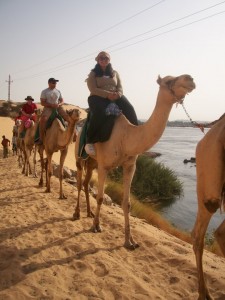 them to prepare for them through the process of concentration and integration into larger entities be able to work in all circumstances.”
them to prepare for them through the process of concentration and integration into larger entities be able to work in all circumstances.”
Central Bank data show Egyptian tourism revenues in 1999/2000 was 4314 million, and payments were 1028 million dollars, and became a surplus 3286 million U.S. dollars, accounting for 76.3% of total revenue. In fiscal year 2000/2001 was 4317 million revenue and payments 1054 million surplus 3263 increased by 75.6% of total revenues.
Tourism is a labor-intensive industry and a multiplier effect on 70 industry and nutritious complementary service (study of the World Tourism Organization), which provides employment opportunities in multiple activities and professions directly and indirectly.
